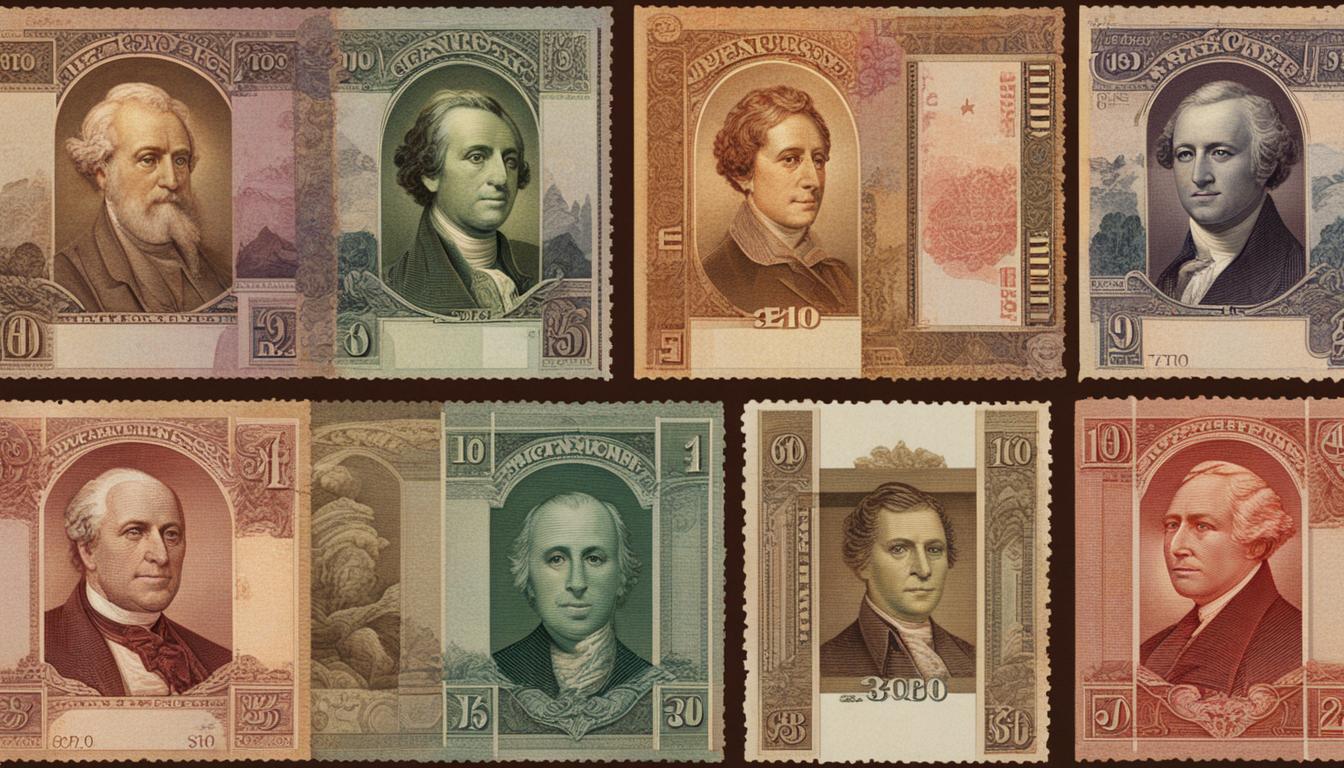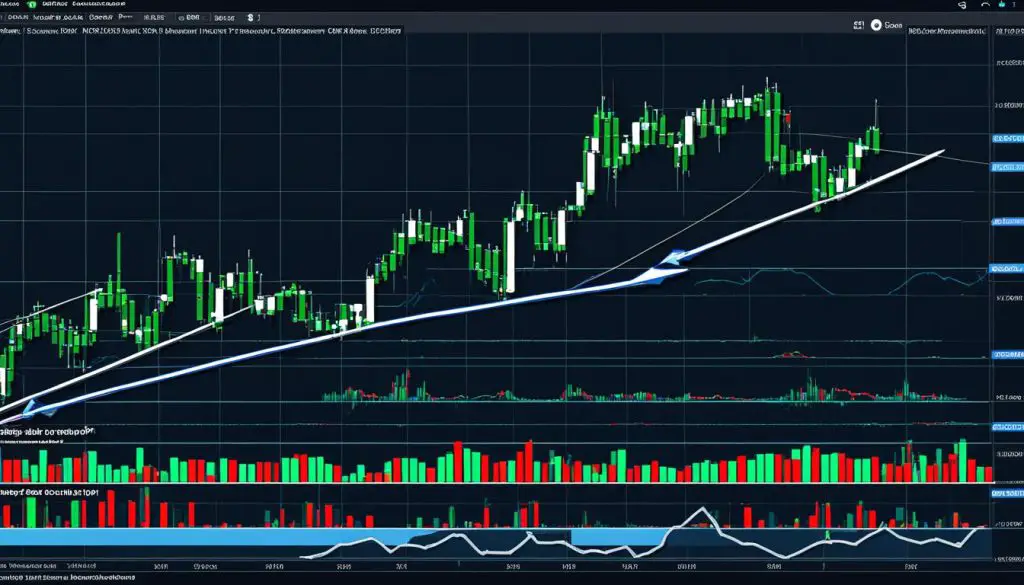Grasping the intricate fabric of global finance starts with an understanding of the list of G10 currencies. These major financial arteries not only drive international trade but also act as the primary gauge for economic stability and investor confidence. The G10 currency list includes some of the most traded and liquid monies on the planet, representing a cornerstone of the forex market where billions are transacted daily without causing significant ripple effects in exchange rates.
Among these major G10 currencies, a diverse array of monetary units stands out, such as the Euro (EUR), the United States dollar (USD), and the Japanese yen (JPY). Each currency within this esteemed list carries the weight of its nation’s economic prowess, contributing to the list’s status as the go-to index for gauging financial health at both micro and macroeconomic levels. The top G10 currencies are more than just symbols of wealth; they are vital tools of trade and economic indicators that hold sway over global market dynamics.
The term “G10 ccy” has become synonymous with reliability in the world of finance, thanks in part to the consistent performance and liquidity these currencies provide. Join us as we delve into the intricate details that make the G10 currencies a focal point of economic discourse and fiscal strategy.
Understanding G10 Currencies and Their Global Impact
The influence of G10 currencies extends far beyond their immediate geographical borders, playing a critical role within the realm of global finance. These monetary units from the world’s most advanced economies serve not merely as symbols of national economic health but also as vital monetary contributions to a tapestry of international trade and investment.
Diving into the forex market, G10 currency pairs are the lifeblood of daily trading activities, prized for their stability and liquidity. Their robust nature ensures transactions execute with nominal impact on their exchange rates, embodying predictability that appeals to investors and traders alike.
Commodity prices often serve as a backstage control lever affecting the value of these currencies. For instance, the correlation between oil prices and the Canadian dollar or the impact of gold valuations on the Australian dollar reflects just how intertwined commodity markets are with G10 economies.
The policies set forth by G10 nations‘ central banks stamp an indelible mark on currency values. Interest rate decisions particularly carry the weight to swing currency valuations, depending on whether they signal strength or incite concerns regarding economic growth.
The interplay between these currencies and the health of their respective economies amplifies their significance on the global stage. Every fluctuation, whether from the realm of commodities or fiscal policies, echoes across international markets, positioning G10 currencies as barometers of worldwide financial stability.
- The United States dollar (USD), being the linchpin of the financial system, often acts as a benchmark for assessing the vitality of other currencies.
- The Euro (EUR), the common currency for the European Union, represents an aggregation of strength from its member countries.
- Exotic pairings such as the Norwegian krone (NOK) offer insights into smaller yet influential economies and their financial mechanisms.
Whether one examines trade balances, ponders foreign direct investments, or scrutinizes international debt issuance, G10 currencies stand at the forefront, facilitating ease of transaction and serving as vital instruments of global economic governance.
Exploring the Origins and Members of the G10 Currency Group
The G10 currency ranking has been influenced heavily by the history of G10 currencies and the economic might of the nations they represent. This esteemed group has its roots firmly planted within the cooperative measures of the International Monetary Fund’s (IMF) General Arrangements to Borrow, a hallmark of global financial stability since the 1960s.
History Behind the G10 Designation
Originally, the moniker ‘G10’ emerged from an alliance of countries committed to lending additional funds to the IMF, shaping financial strategies and promoting monetary cooperation. Across the decades, the list of G10 currencies has evolved, reflective of the intricate weave of global economics and shifting geopolitical landscapes. The progression from historic to current G10 currencies underscores the dynamic nature of international trade and finance.
Current Composition of G10 Currencies
Today’s G10 encompasses a collective of currencies that hail from some of the world’s most sophisticated and well-developed economies. This blend consists of:
- Australian Dollar (AUD)
- Canadian Dollar (CAD)
- Euro (EUR)
- Japanese Yen (JPY)
- New Zealand Dollar (NZD)
- Norwegian Krone (NOK)
- Pound Sterling (GBP)
- Swedish Krona (SEK)
- Swiss Franc (CHF)
- United States Dollar (USD)
Each of these currencies adds a unique element to the quintessential discussions that mold not only their own nation’s economic prospects but those of the global marketplace.
European Union’s Influence on the G10 Currency List
The inception of the European Union and its consolidated currency, the Euro (EUR), marked a pivotal shift in the framework of the G10 currency names. This adaptation not only changed the structure of the European monetary system but also had a far-reaching influence on the entire G10 currency list. Former national currencies like the German Deutschemark, the French Franc, and the Italian Lira, surrendered their spots to the Euro, providing room for additional currencies to gain prominence within the G10 portfolio.
The Euro’s influence on the G10 currencies is multidimensional, solidifying the European Union’s position as a formidable economic bloc and underscoring the interconnected nature of modern finance.
| Country | Currency Name | Symbol |
|---|---|---|
| Australia | Australian Dollar | AUD |
| Canada | Canadian Dollar | CAD |
| Eurozone | Euro | EUR |
| Japan | Japanese Yen | JPY |
| New Zealand | New Zealand Dollar | NZD |
| Norway | Norwegian Krone | NOK |
| United Kingdom | Pound Sterling | GBP |
| Sweden | Swedish Krona | SEK |
| Switzerland | Swiss Franc | CHF |
| United States | United States Dollar | USD |
The Economic Significance of G10 Currency Pairs
The forex markets operate on the currency pair mechanism, a foundational concept that’s brought to the forefront by the trade of G10 currency pairs. These pairs, which include the likes of AUD/USD and EUR/USD, are more than just financial instruments; they are reflections of multifaceted economic relationships between nations. Their economic significance cannot be overstated, as they contribute to a substantial volume of the global forex market’s daily transactions.
Being the powerhouse of liquidity, these currency pairs allow traders and investors to execute large orders without significantly impacting the price, underscoring their importance in maintaining a stable forex market environment. This deep liquidity is also a testament to their status as indicators of economic health. For example, the EUR/USD pair acts as a bellwether for the economic dynamics between the Eurozone and the United States.
- AUD/USD: Showcasing the trade dynamics between Australia and the United States, with influences ranging from commodity exports to interest rate differences.
- EUR/USD: A primary barometer for the relative economic strengths of the Euro area and the United States, this pair is the most traded globally.
- GBP/EUR: Reflecting the economic ties between the United Kingdom and the Eurozone, offering insights into European market sentiment.
- GBP/USD: A historic pair representing the economics of two of the world’s financial powerhouses, closely watched for global trade implications.
The strategic importance of these currency pairs extends to their role in international trade, where they are frequently used to denominate commodity prices and corporate transactions. The stability and predictability they offer make them a preferred choice for hedging against currency risk in international operations.
| Currency Pair | Region | Economic Indicators | Market Liquidity |
|---|---|---|---|
| AUD/USD | Australasia/North America | Trade balance, commodity prices | High |
| EUR/USD | Europe/North America | GDP growth, interest rates | Very High |
| GBP/EUR | Europe | Inflation rates, political events | Moderate |
| GBP/USD | Europe/North America | CPI, employment rates | High |
Understanding the dynamics behind these G10 currency pairs is paramount for any stakeholder involved in the global financial system. They are not just symbols on trading platforms but carry immense weight in economic analyses and decision-making across borders.
Key Macroeconomic Indicators Influencing G10 Currency Values
As investors and economists contemplate the intricate web of factors shaping the financial landscape, the impact of macroeconomic indicators on G10 currency values is of paramount importance. Central bank policies, commodity price flux, and geopolitical events collectively weave a narrative of market sentiment and economic vitality that reflects in the oscillating valuations of these prominent currencies.
Interest Rates and Central Bank Policies
The interest rate effects crafted by the world’s central banks can either fortify or fray the threads of economic growth. For example, when the US Federal Reserve announces an uptick in rates, the G10 currency symbols like GBP and EUR tend to react with heightened sensitivity, given the interconnected nature of global markets. This reaction underscores the potent influence of central bank decisions on currency strength, investment flows, and ultimately, trade balances.
Commodity Price Movements and Their Impact
For commodity-linked G10 currencies such as the Australian dollar (AUD) and the Canadian dollar (CAD), the ebb and flow of commodity markets are a crucial bellwether. These economies, rich in resources like gold and oil, see their currencies’ fate closely tied to the whims of global commodity prices—a stark reminder of the permeating impact of resource valuation on national economic health.
Political Events and Economic Data Releases
It is not just the economic but also the political stage that casts a long shadow over G10 currency index dynamics. Political uncertainty, palpable during events like Brexit, can lead to sharp spikes in currency volatility, as seen with sterling. Meanwhile, the regular cadence of data releases such as employment figures and GDP reports serves as signposts guiding market sentiment and monetary value comparisons across the G10 currencies. Their publication often invites an immediate response across forex markets, as traders and algorithms alike parse through the implications for near-term currency forecasting.
List of G10 Currencies: Understanding Exchange Rates and Liquidity
The concept of liquidity is paramount in the context of G10 currencies, highlighting their ability to be traded in large volumes without prompting substantial exchange rate disruption. This characteristic is not merely a financial convenience; it’s a bedrock quality that underpins the stability and reliability of these currencies in global trading systems. The liquidity of these currencies can be attributed to the robustness of their markets, which is a function of their role as reserve currencies, integral to the machinations of international commerce and fiscal policy.
What Makes a Currency ‘Liquid’?
A currency is deemed ‘liquid’ when it has the capacity to be exchanged rapidly and with minimal impact on its exchange rate. Within the G10, currency liquidity is a reflection of confidence stemming from the economic stability of the issuing countries, as well as the vast scale of their use in global transactions. This liquidity ensures that G10 currency symbols—like the USD, EUR, and JPY—are not just shorthand on financial reports but are synonymous with the solvent, agile mechanisms of exchange rates in global trade.
G10 Currency Symbols and Their Global Trading Status
The ubiquitous presence of G10 currency symbols in financial markets across the world speaks volumes about their global trading status. Representing economies that have a significant impact on the global scale, these currencies – which include icons such as the USD for the United States Dollar, EUR for the Euro, and JPY for the Japanese Yen – underscore the interconnected nature of modern economics. Their status as reserve currencies held by nations around the globe only cements their importance, ensuring they remain central to policy considerations and pivotal in mediating international financial transactions.
FAQ
The G10 currencies include the Australian dollar (AUD), Canadian dollar (CAD), Euro (EUR), Japanese yen (JPY), New Zealand dollar (NZD), Norwegian krone (NOK), Pound sterling (GBP), Swedish krona (SEK), Swiss franc (CHF), and the United States dollar (USD).
G10 currencies play a crucial role in global finance as they are heavily traded, provide liquidity, and serve as benchmarks for economic performance and policy decision-making in the forex markets.
G10 currency pairs are important in forex markets due to their high liquidity and volume, representing a large share of daily global forex transactions. They are crucial for traders and investors when developing strategies and analyzing global economic trends.






